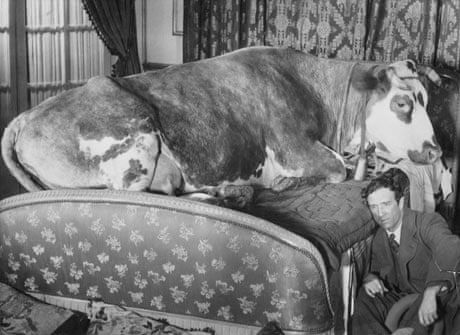A handful of films that outraged audiences and made censors apoplectic in their day have retained their ability to shock. High on that list are the two avant-garde masterpieces featured in this box, and on which two of Spain's most provocative artists, Luis Buñuel and Salvador Dalí, collaborated: the 16-minute silent Un Chien Andalou (1929) and its early sound companion, the 63-minute L'Age d'Or. Blasphemous and erotic, they're films to puzzle over and constantly revisit. The first begins with the indelible shot of Buñuel slicing what appears to be a woman's eye with a razor; the second has the famously transgressive image of a woman sucking the toe of a statue. For both films Dalí and Buñuel trawled their subconscious minds to come up with bizarre sequences that assault bourgeois values and sexual oppression while making no logical sense, and they were acclaimed by the leading arbiters of surrealism as the first authentic surrealist films. The DVD contains commentaries and a documentary on Buñuel.

(Luis Buñuel, 1930, 15, BFI)
Explore more on these topics
Comments (…)
Sign in or create your Guardian account to join the discussion